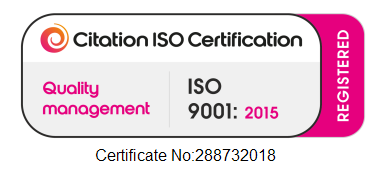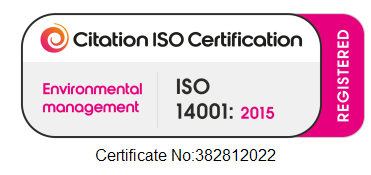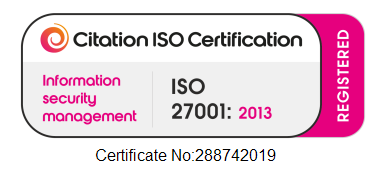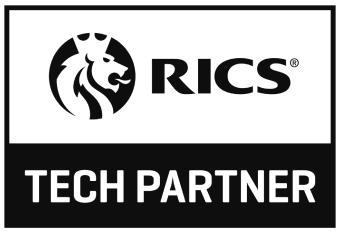Transforming Urban Spaces with 3D Modelling
Fleet Street Quarter's
Success Story
In the ever-evolving landscape of Business Improvement Districts (BIDs), managing public perception is crucial for garnering support and participation.
Fleet Street Quarter, recognising the significance of technology in shaping the future of BIDs, partnered with VU.CITY to leverage 3D modelling.
This case study delves into how this innovative approach successfully communicated proposed changes, shaping a positive vision for the district.
The Challenge - Public Perception and Future Vision
Fleet Street Quarter faced the challenge of managing public perception as it embarked on transformative changes within its Business Improvement District. Negative perceptions could potentially hinder support and participation, emphasising the need for a strategic approach.
The Technological Solution - 3D Modelling by VU.CITY
To address the challenge at hand, Fleet Street Quarter integrated VU.CITY's advanced 3D modelling platform. The decision to employ high Level of Detail (LOD350) models for both buildings and public realm provided a realistic and tangible representation of the proposed changes. This technological solution aimed to engage stakeholders and residents by offering a vivid glimpse into the district's future.
Technical Considerations by VU.CITY Modelling Team
The VU.CITY modelling team played a pivotal role in crafting consented high LOD350 models. This involved meticulous attention to detail in depicting facades, windows, and the overall character of Fleet Street's structures. Collaboration with architects was essential to seamlessly integrate public realm models within the VU.CITY platform.
Showcasing the Vision - Client's Perspective
Fleet Street Quarter's commitment extended beyond the conceptual phase. Securing funding for the next five years, the project aimed to renovate old buildings, construct new ones, and create a vibrant environment. The use of LOD350 models, surpassing the limitations of a simple timeline tool, provided a comprehensive view of ongoing and future developments.
Strategic Communication with Stakeholders
The 3D modelling platform has been used as more than just a visual tool; it's evolved into a strategic communication asset. By showcasing intricate details of Fleet Street Quarter's transformation, it will work in engaging developers and prospective businesses. The message is clear – this district is a multifaceted community encouraging a vibrant lifestyle.
Conclusion: Future of BIDs and Technology Integration
- Fleet Street Quarter's success with VU.CITY's 3D modelling platform exemplifies the transformative power of technology in BID vision and execution. As BIDs evolve, integrating advanced tools becomes imperative to convey complex ideas, manage public perception, and secure support for future development. This case study serves as a guiding beacon for BID stakeholders seeking innovative ways to incorporate technology and shape the future of their districts.
Related Posts
- Business Improvement Districts: Fleet Street Quarter's Era of Change
- The Power of 3D Modelling in BIDs: A Q&A With Gordon Ingram
- From Blueprint to Binary: Transforming architecture with Smart City technology
- The Immersive Art of 3D Storytelling in Architecture
- Why Data Visualisation is Essential for Architectural Planning and Design














